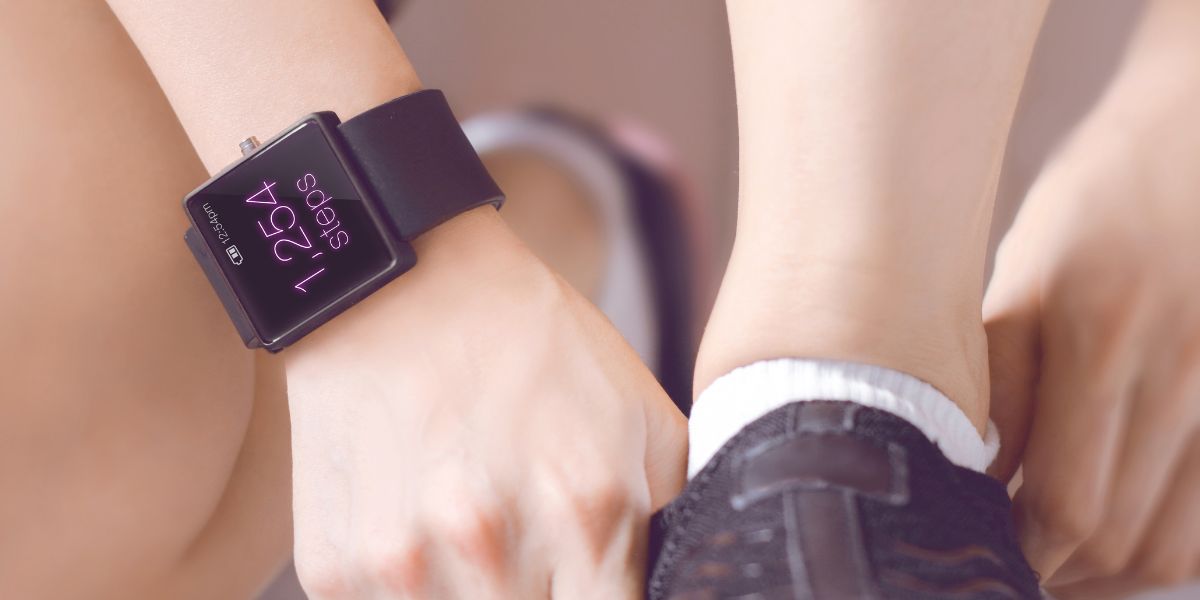Non-invasive continuous blood glucose monitoring is one step closer as Apple have successfully developed a proof-of-concept, according to Bloomberg.
Apple’s moonshot blood glucose monitoring project, codenamed E5, has been in development for over 12 years.
The Apple Watch was first launched in 2015 and has slowly moved from a fashion accessory to a health tool.
It provides tracking for heart rate, steps, body temperature, electrocardiograms and blood oxygen levels.
Apple’s non-invasive continuous blood glucose monitoring proof-of-concept is understood to be viable.
- Wearable device design to help manage eye and mouth conditions unveiled
- FDA approves first-ever drug to delay onset of type 1 diabetes
However, the company believes the device needs to be shrunk to a more practical size for use.
Engineers are working on shrinking the prototype to roughly the size of an iPhone and can be attached to a person’s bicep.
How does the Apple Watch measure measure blood glucose levels?
Apple employs silicon photonics chip technology and an optical absorption spectroscopy measuring technique.
The technology employs lasers to direct certain wavelengths of light into a region beneath the skin containing interstitial fluid – chemicals that seep out of capillaries and may be absorbed by glucose.
The light is reflected back to the sensor in such a way that the concentration of glucose is shown. The blood glucose level of a person is then determined using an AI algorithm.
- Wearable technology which monitors blood sugar levels to be rolled out to everyone with type 1 diabetes
- Diabetes app improves outcomes for people with type 2 diabetes in South London
Apple aren’t the only company working on this technology. A Welsh company was awarded funding in 2023 for their non-invasive blood glucose monitoring technology.
What are the advantages of non-invasive continuous blood glucose monitoring?
There are various advantages of non-invasive blood glucose monitoring, including:
- Decreased discomfort: Non-invasive glucose monitoring does not involve skin pricking as so can lessen the pain and discomfort associated with standard blood glucose monitoring and testing methods.
- Continuous monitoring: Continuous glucose monitoring devices provide more frequent data points than standard finger prick blood tests and can assist people with diabetes to better manage their their blood glucose levels and make more informed decisions.
- Accuracy: Finger prick blood tests can be influenced by variables such as temperature, humidity, and user error.
- Improved quality of life: Non-invasive glucose monitoring can enhance the quality of life for people with diabetes.
Whether Apple or another diabetes company, such as many people with diabetes will be hoping that finger-pricking will soon be a thing of the past.




